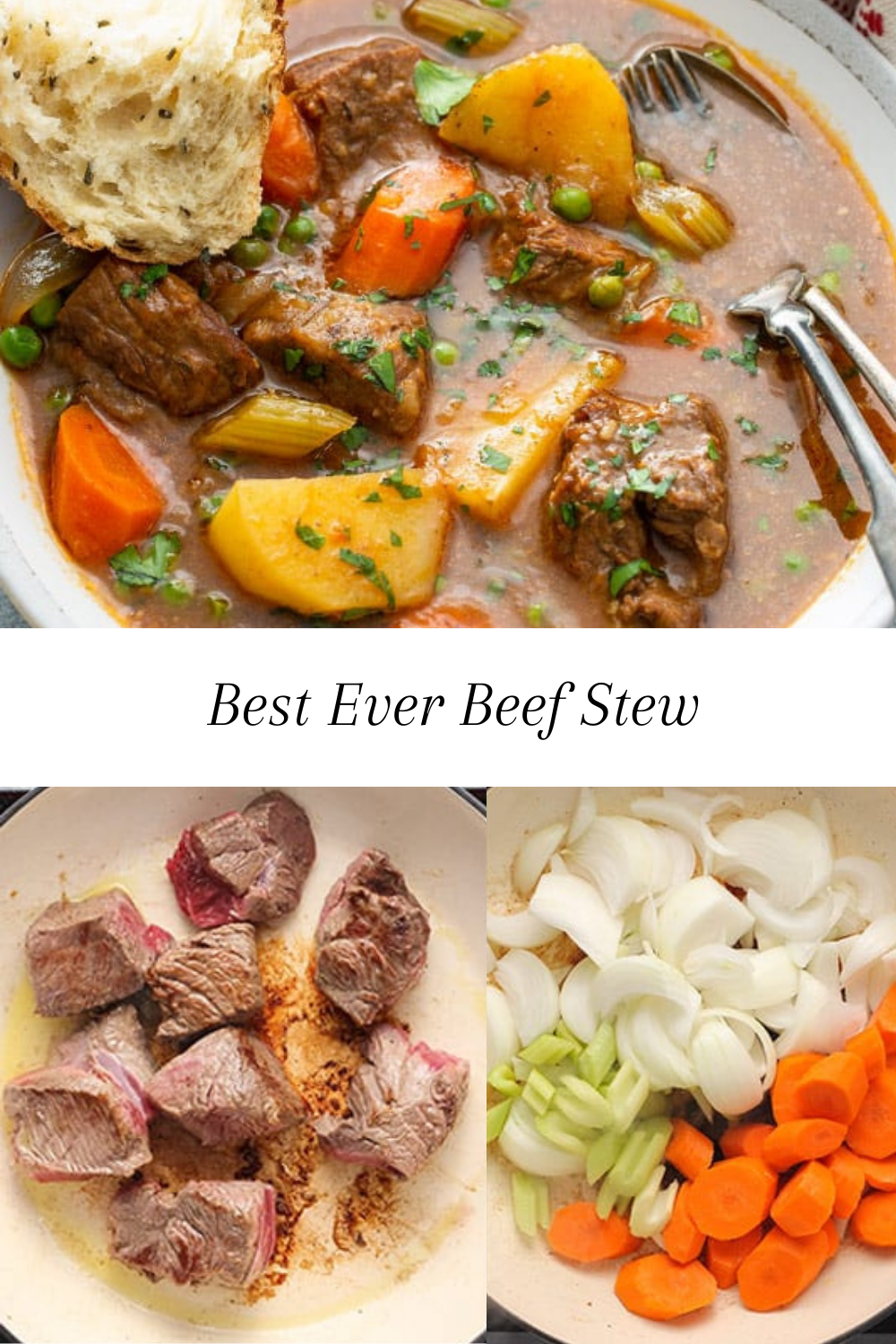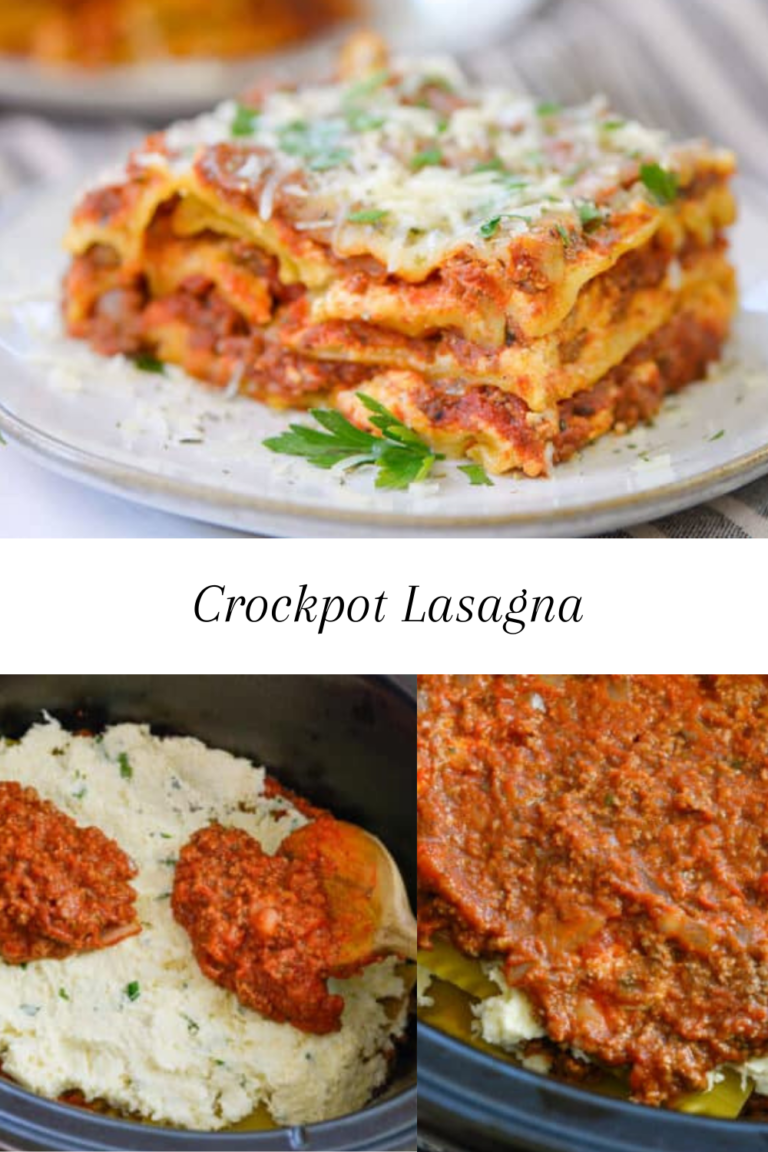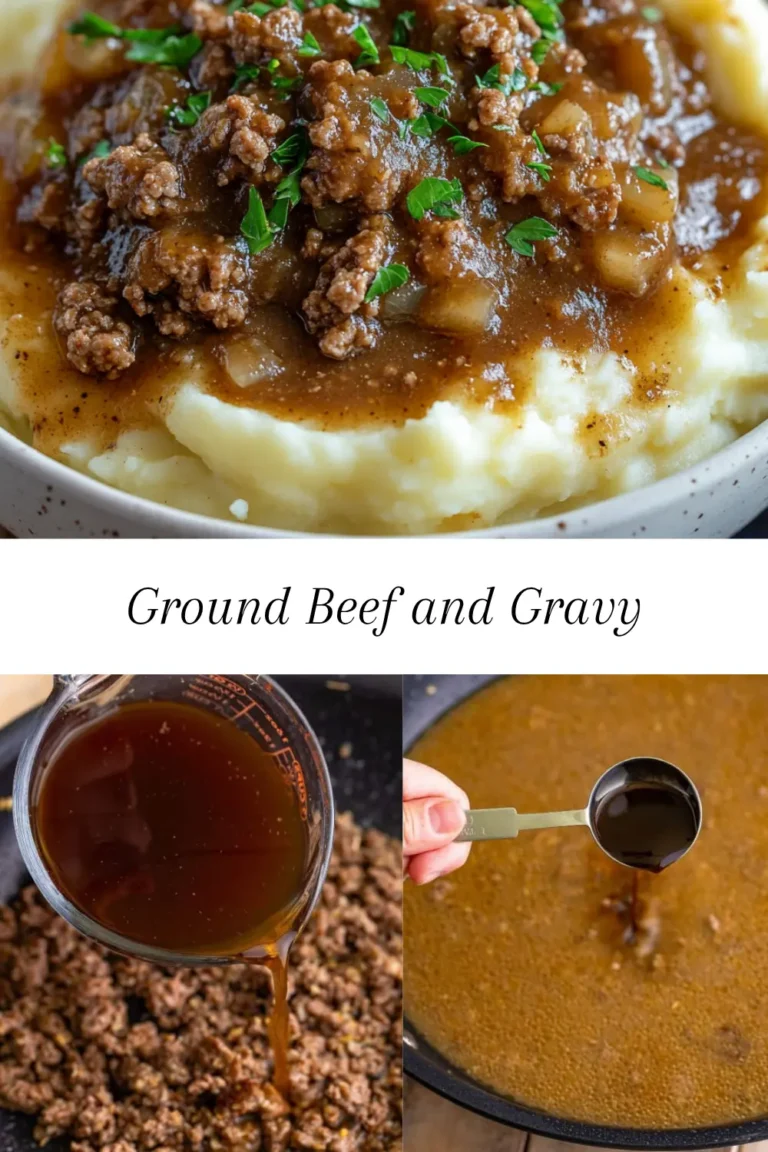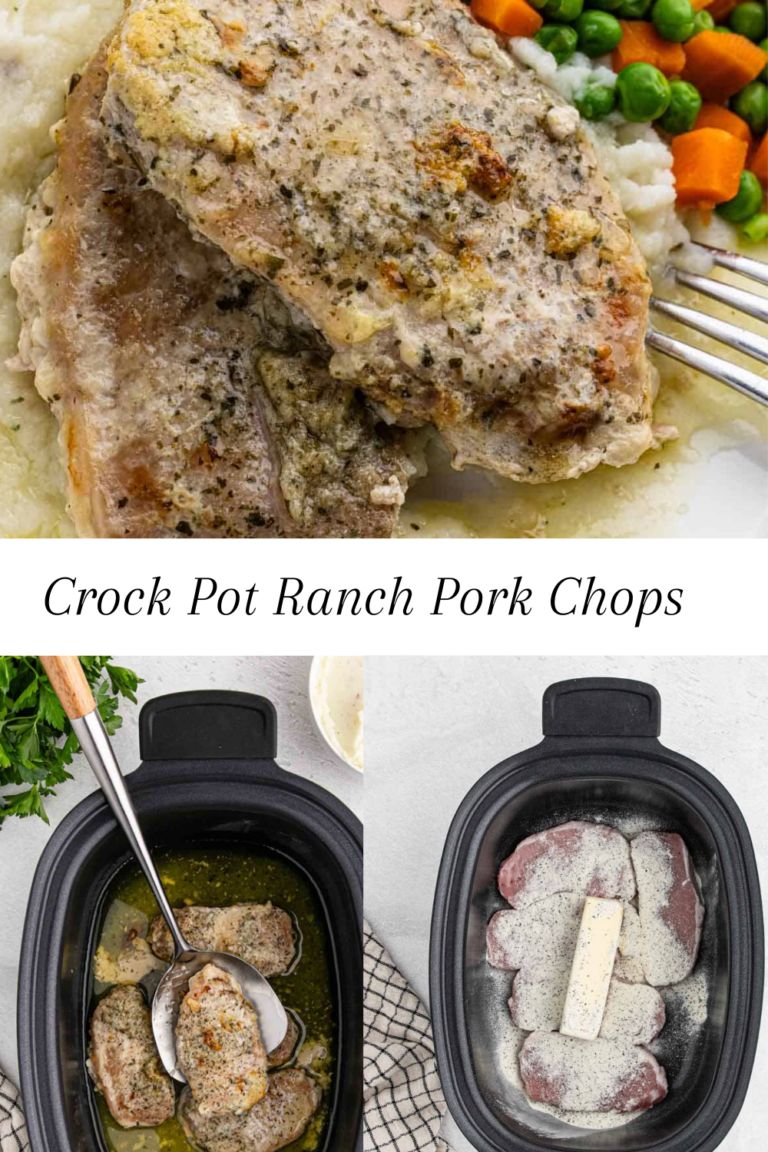Best Ever Beef Stew
Beef stew is a cherished dish that spans multiple cultures and regions, standing out as a symbol of comfort and home. Its origins can be traced back centuries, with numerous cultures adapting various ingredients and methods, creating their unique iterations of this hearty meal. From the thick, savory goulash of Hungary to the aromatic coq au vin of France, variations of beef stew have constantly evolved across the world, all while maintaining a core essence that resonates with families.
At the heart of the best ever beef stew is the concept of gathering. Families have long shared this dish around their dinner tables, particularly during the colder months. The warmth radiating from a pot of simmering stew offers not only physical comfort but emotional solace as well. Generations have passed down recipes, each one infused with memories of laughter, stories, and cherished moments spent together. Regardless of regional differences—whether it’s the addition of root vegetables in a British stew or the incorporation of wine in an Italian version—the communal aspect remains a common thread through the ages.
The nostalgia associated with a bowl of beef stew goes beyond taste; it encompasses a sense of belonging. As families gathered during chilly evenings, the aroma of stew bubbling on the stove would fill the air, evoking a feeling of security and warmth. Recipes may vary, yet the love and care that go into making the best ever beef stew create a tangible connection to one’s heritage and history. This dish stands not only as a meal but as a ritual, encapsulating the essence of home—an embodiment of comfort that transcends time and culture, uniting people around the universal experience of sharing food.
Selecting the Perfect Ingredients
To prepare the best ever beef stew, selecting the right ingredients is paramount. The cut of beef you choose will ultimately dictate the stew’s flavor and tenderness. For a truly exceptional dish, boneless chuck roast is often regarded as one of the best options. This particular cut boasts a rich marbling of fat that breaks down during the slow cooking process, resulting in a melt-in-your-mouth texture. Other viable options include brisket or round, but chuck remains the preferred choice for achieving that luxurious flavor associated with classic beef stews.
Alongside the meat, the vegetables you incorporate play a crucial role in elevating the overall profile of your stew. Ingredients such as onions, carrots, and celery are foundational, providing aromatic depth and sweetness. Onions bring a subtle earthiness, while carrots contribute a hint of natural sweetness and a visually appealing color. Celery adds a refreshing crunch that balances the tenderness of the meat. It is essential to cut these vegetables into uniform pieces to ensure even cooking and texture throughout the dish.
Besides the primary ingredients, seasonings must not be overlooked. Fresh herbs like thyme, rosemary, and bay leaves infuse the stew with fragrant nuances that enhance the beef’s richness and the vegetables’ sweetness. Opting for high-quality beef broth as the base is fundamental; it significantly improves the stew’s flavor, creating a warm and inviting comfort food experience. The combination of these well-chosen ingredients will guarantee not just a good stew but the best ever beef stew that warms both the body and the soul.
Cooking Techniques
When it comes to perfecting the best ever beef stew, understanding the essential cooking techniques is critical. One of the foundational steps in this process is browning the meat correctly. Browning not only enhances the visual appeal but also plays a vital role in building depth and complexity of flavor. This can be achieved by preheating a heavy-bottomed pot over medium-high heat and adding a small amount of oil. Once the oil is shimmering, it is important to add the beef in batches to avoid overcrowding, allowing each piece to sear properly. The Maillard reaction that occurs during this process creates a rich, savory base for the stew.
Following the browning of the meat, attention turns to the vegetables. Sautéing the vegetables will significantly enhance their natural sweetness, contributing to the overall flavor profile of the dish. After removing the browned beef, it is recommended to add aromatic vegetables such as onions, carrots, and celery to the pot. Allowing the vegetables to sauté until translucent not only develops their flavors but also deglazes the pot, lifting those flavorful browned bits left from the meat. This crucial step ensures that every bite of the best ever beef stew is rich and satisfying.
Simmering is another vital component in mastering the art of stewing. Once the meat and vegetables have been sautéed, adding broth and other liquids brings the stew to a gentle simmer. This slow cooking process allows the flavors to meld beautifully, creating a harmonious dish. The gentle heat helps to tenderize the meat while ensuring the vegetables maintain their textures. It is important to monitor cooking times, especially when using various types of beef or vegetables; for instance, tougher cuts of meat may require longer simmering, while quicker-cooking vegetables should be added later in the process to avoid overcooking. Engaging with these techniques offers every cook the opportunity to serve a delicious and memorable beef stew.
Serving Suggestions and Pairings
When it comes to enjoying the best ever beef stew, the right serving suggestions can significantly elevate the dining experience. A traditional accompaniment to this rich and hearty dish is crusty bread. Whether you prefer a fragrant baguette, a rustic sourdough, or classic dinner rolls, the bread serves as the perfect vessel to soak up the stew, enhancing the overall flavor. Another delightful option is popovers, which add an airy and flaky texture that complements the density of the stew. These light treats create a satisfying contrast that keeps diners coming back for more.
For those looking to elevate the meal even further, wine pairings can truly enhance the enjoyment of the best ever beef stew. A full-bodied red wine, such as Cabernet Sauvignon or Merlot, complements the deep flavors of the stew elegantly. These wines possess the tannin structure to balance the richness while enhancing the savory taste of the meat and vegetables. Alternatively, for a lighter option, a Syrah or Malbec can provide a delightful contrast without overwhelming the dish. Serve your stew alongside a carefully selected bottle of wine for a dining experience that feels both sophisticated and comforting.
Garnishing your beef stew is another excellent way to enhance presentation and introduce fresh flavors. A sprinkle of fresh parsley not only adds a pop of vibrant green color but also imparts a touch of herbal brightness that elevates the dish. Other herb options, such as thyme or rosemary, can also be used according to personal preference, allowing for a customized finishing touch.
Lastly, if you find yourself with leftovers, the versatility of beef stew lends itself well to creative reimaginations. Consider transforming the stew into a savory pot pie, ladling it over rice, or serving it with noodles for a comforting pasta dish the next day. This flexibility underscores the lasting appeal of this classic dish, making it not just a meal, but a comforting experience that can be enjoyed in various ways.
Ingredients
- 2 tablespoons extra-virgin olive oil
- 2 1/2 pounds boneless beef chuck , trimmed of hard fat, cut into 2-inch chunks
- 3/4 teaspoon salt
- 1/2 teaspoon black pepper
- 2 sweet onions , chopped
- 3 medium carrots , peeled and cut into 1/2-inch thick pieces
- 2 stalks celery , cut into 1/2-inch pieces
- 3 cloves garlic , minced
- 3 tablespoons all-purpose flour
- 3 cups low-sodium beef broth
- 2 cups water
- 1 tablespoon Worcestershire sauce
- 2 beef bouillon cubes , crumbled
- 3 tablespoons tomato paste
- 2 bay leaves
- 3 sprigs fresh thyme (or 1 teaspoon dried)
- 2 small potatoes , peeled and cut into 2 1/2-inch cubes
- 1/2 cup frozen peas
Instructions
- Warm oil in a heavy bottomed pot over high heat until very hot.
- Pat beef dry and sprinkle with the salt and pepper.
- Add beef to the pot in batches and brown well all over. Transfer to a plate. Repeat with remaining beef.
- Lower heat to medium. If the pot looks dry, add a touch more oil.
- Stir in the onion, carrots, and celery; saute for 5 minutes until vegetables have softened. Add garlic and cook for 30-60 seconds until fragrant.
- Add flour, and stir for 1 minute to cook off.
- Slowly pour in the beef broth and whisk to combine until the flour dissolves.
- Add in the water, Worcestershire, beef bouillon cubes, and tomato paste; mix well.
- Toss in the bay leaves and thyme.
- Return beef to the pot (including any juices). Liquid level should just cover.
- Bring to simmer, then adjust heat to low / medium-low so it’s a gentle simmer. Cover with lid, cook for 2 hours until the beef is tender.
- Add in the potatoes; simmer for another 20-25 minutes (without the lid) until the potatoes and beef are very tender, the sauce has reduced and thickened slightly.
- During the last 5 minutes add in the peas.
- Skim off fat on surface, if desired. Discard bay leaves and thyme.
- Adjust salt and pepper, to taste.
- Ladle into bowls, sprinkle with some fresh chopped parsley and enjoy with crusty bread or popovers, if desired.







